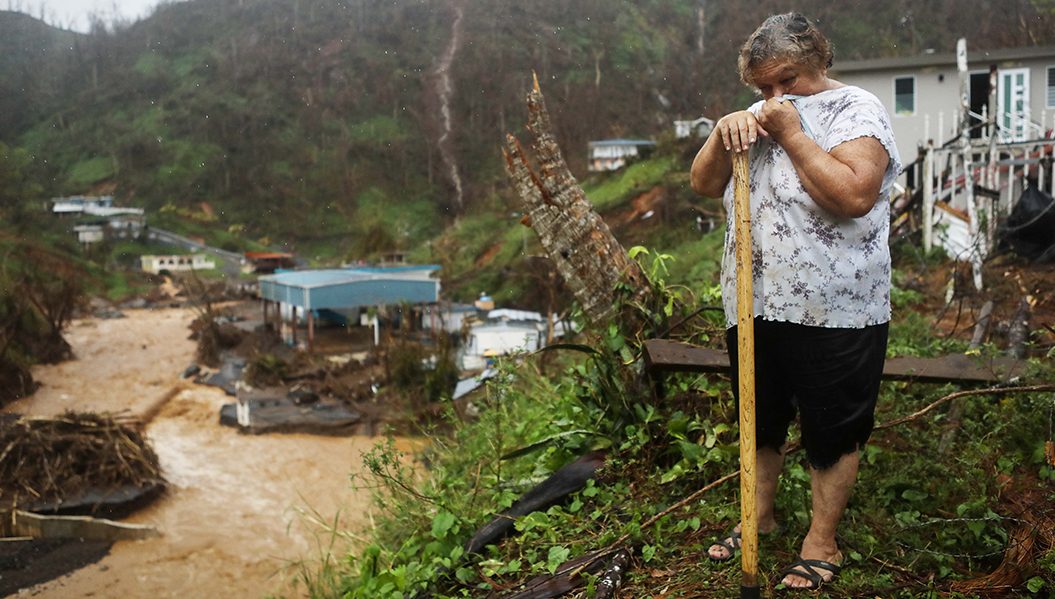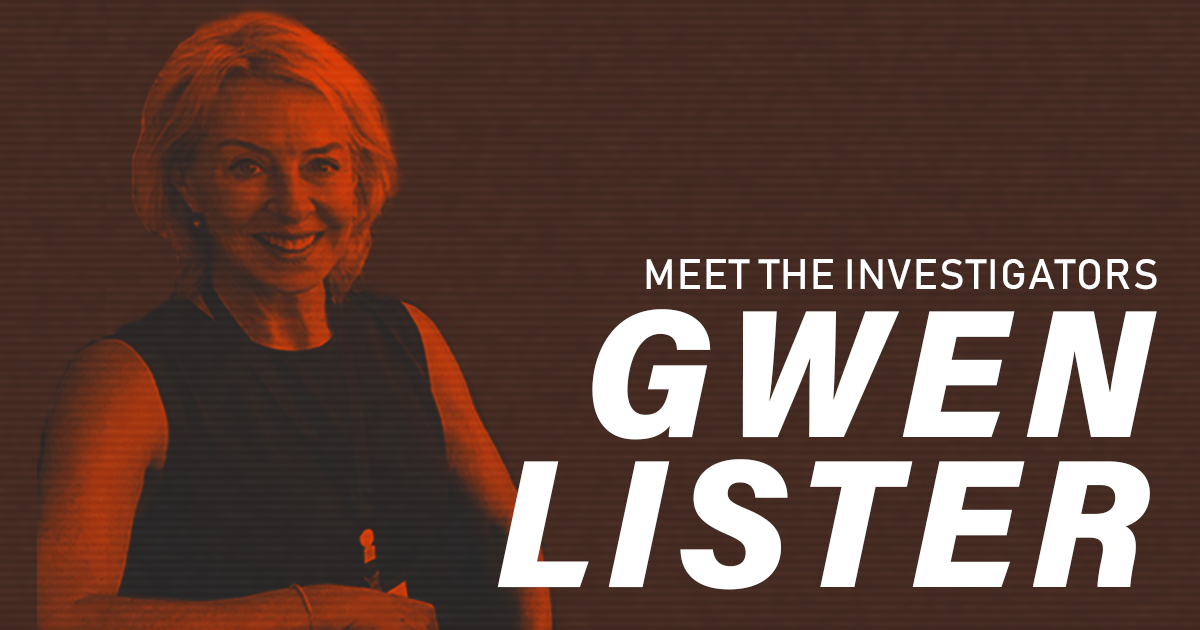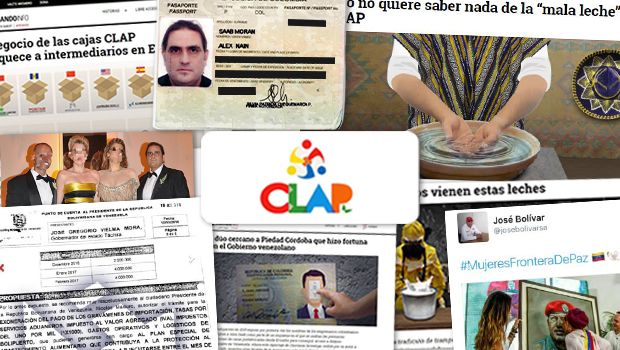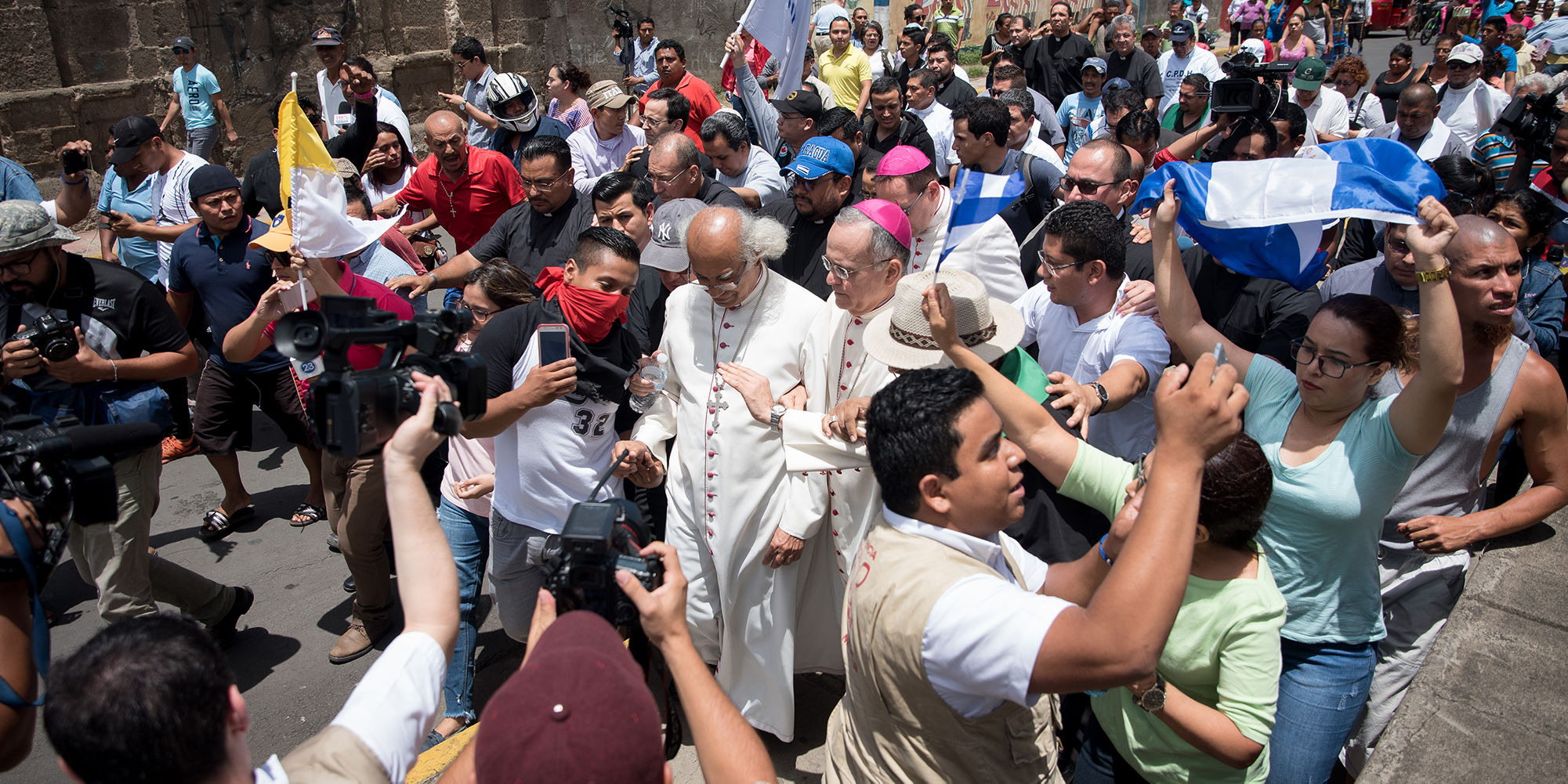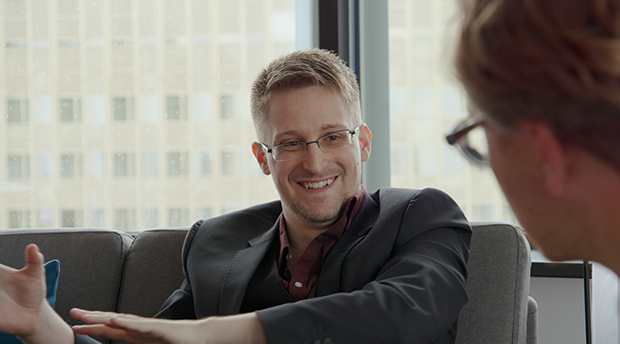Omaya Sosa Pascual is the founding co-director of Puerto Rico’s Center for Investigative Journalism and co-founder of NotiCel.com, a digital news outlet.
Sosa Pascual has worked in print, radio, television and online journalism for two decades, and was staff reporter of El Nuevo Día, the biggest daily newspaper in Puerto Rico, for 12 years.
Sosa Pascual played an instrumental role in covering the aftermath of Hurricane Maria’s landfall on Puerto Rico a year ago.
She spoke with the International Consortium of Investigative Journalist’s Spencer Woodman about her experience covering the U.S. territory’s worst natural disaster on record.
In the disaster’s immediate aftermath, the official death toll was called into question by reporters. Sosa Pascual, an ICIJ member, recounts how accurately documenting the total loss of life became fiercely contested — and she shares some tips for reporters covering similar tragedies. You can follow Sosa Pascual on Twitter here. For an exhaustive list of ways to prepare to cover a major hurricane, check out The Poynter Institute’s tip sheet.
With Hurricane Florence threatening the East Coast of the United States, what advice do you have for reporters who are heading to the Carolinas and Virginia to cover the impact of this latest Atlantic storm?
Prepare yourself beforehand and try to have a plan. We never expected everything to fall apart in Puerto Rico. I’ve lived through my fair share of strong hurricanes, like Hugo and Georges, and things always are difficult, but it was never so strong that you blackout completely and have no communication, no power, no internet, no nothing.
Our situation is a little different because we are an island, but this can happen anywhere, and Hurricane Katrina is proof of it.
So your newsroom should have an alternate plan of communication — you need to not rely just on modern communication systems. For instance, where is a safe place where you can physically meet after the storm, how are you going to talk to each other, how can you move if the roads are blocked? You need a plan A, B and C.
On the most practical level were there specific reporting tools or basic safety items that you found helpful or items you wished you had during the hurricane?
If you know the organizations, if you know the health systems, the Emergency and Rescue systems, you will really be ahead. For me it was a big advantage that I knew where the hospitals were, where the good ones were, where the bad ones were. That became very useful when we covered the uncounted death toll story here.
The usual tools you use as a reporter aren’t always available when you cover a natural disaster, so you need to think of alternate tools. For us, it was creating our own databases, not relying on the government systems for information — those were flowing so slow and the information was so obviously incorrect.
So create your own alternative system of information with Excel tables, use any kind of alternate kinds of information you can put your hands on, talk to people on the ground, look through missing persons reports, use documents and testimony that can help you reconstruct the situation aside from what official government agencies are saying.
And the outcome of your reporting was the Puerto Rican government finally acknowledging that Hurricane Maria’s death toll was far larger than they had originally stated, correct?
That’s correct. About two weeks ago, the government acknowledged that it should be around 3,000. That’s now the official estimate they’re putting out there.
It’s an estimate of what the death toll should be, but they don’t have names and last names and data for those people. It’s still just a mathematical account. Their official death toll lists 64 names because they have not put in the resources or put in the manpower to do the other work — and it’s a lot of work to go one-by-one, interviewing people to get the exact names and numbers of people who lost their lives.
The arrival of the foreign and stateside press corps to Puerto Rico changed how the rest of the world saw the unfolding disaster on the island. What was your impression of their coverage and what lessons can we learn from covering natural disasters outside our locales?
Overall I think many of these outlets have done a great job covering the aftermath of the hurricane. I think that some American media or stateside media didn’t ask the essential questions of the Governor, even though he gave them many opportunities. He loved appearing in national media and totally avoided local reporters. He wanted to speak another truth or another language over there [in the mainland United States] and didn’t want to face the questions that the reporters here who know the system better had.
But, while taking that into consideration, there were many examples of foreign outlets getting it right, as they started investigating. And I think many did a great job. I can mention CNN, the New York Times, the Washington Post and the BBC.
One important thing was that, sadly, most local media outlets, maybe out of some kind of fear, did not get into some of the difficult stories so strongly. I think it was an editorial decision of the owners or the management of the media and the U.S. media actually filled that void and, with some local exceptions, helped to pressure the government to move.
But what can they have done better? I think part of the media culture in the US — and I think you all at ICIJ know it well because you have to deal with this — there’s a very snobbish culture of who is the writer, who gets their name on the story. But in the end, many of these outlets relied on local journalists and the credit, in my opinion, was not properly shared or recognized. You have this fixing culture. You have a fixer. You just come here and hire a local journalist. He does all the work and all the interviews for you and then you write the story and you sign it. To me that’s not a very honest way of doing reporting. At CIJ (the Center for Investigative Journalism) we didn’t accept that, so we only did projects with media outlets willing to recognize that we’re the experts here and we broke the story.
So correct me if I’m wrong but I’m hearing two things that are simultaneously true: On the one hand, the stateside or foreign press corps coming to Puerto Rico did help to advance the story and helped to pursue it with aggression that some local outlets were shying away from. But on the other hand, in doing this, a lot of the foreign press corps relied on local researchers and reporters and didn’t give those individuals enough credit?
Yes, I think that’s correct. I also think this culture of stateside media that’s so focused on fierce competition between news outlets — sometimes I think drove attention away from the real story. This obsession with the [death toll] number. There was an obsession with being first with the exact number.
I mean, in the end, what it does was confuse readers, it was just projections and estimates that changed at any time. What do regular readers think when every week they see a new number on a headline in a national outlet. Think about that.
As we’re coming up on the one-year anniversary of Hurricane Maria’s landfall on Puerto Rico, it sounds like you’re continuing your coverage of its aftermath. What are you working on now?
That’s our story for next week. I can’t tell you that.
